Curiosities of Bolivia, a landlocked country in South America, is characterized by its diverse landscapes, indigenous cultures, and a rich tapestry of history. From the high-altitude capital of La Paz to the vast salt flats of Uyuni, Bolivia offers a unique and captivating experience for travelers. In this exploration, we delve into some of the most striking curiosities that make Bolivia distinctive and fascinating.
Salar de Uyuni:
One of Bolivia’s most iconic attractions is the Salar de Uyuni, the world’s largest salt flat. This otherworldly landscape, stretching over 10,000 square kilometers, creates a mesmerizing optical illusion during the rainy season when a thin layer of water transforms the flats into a giant mirror, reflecting the sky.
Potosí and Cerro Rico:
Potosí, once one of the richest cities in the world, is closely tied to Cerro Rico, a mountain that yielded immense quantities of silver during the Spanish colonial era. The city’s historic center, a UNESCO World Heritage Site, reflects the wealth and grandeur of its past, while Cerro Rico remains a symbol of the harsh realities of colonial exploitation.
Tiwanaku Archaeological Site:
The Tiwanaku archaeological site, located near Lake Titicaca, showcases the remnants of an ancient pre-Columbian civilization that thrived between 300 and 1000 CE. The site includes impressive structures like the Gate of the Sun and the Kalasasaya Temple, offering insights into the advanced engineering and cultural achievements of the Tiwanaku people.
Lake Titicaca:
Straddling the border between Bolivia and Peru, Lake Titicaca is the highest navigable lake in the world. The lake is not only known for its stunning scenery but also for the Uru people, who live on floating islands made of totora reeds. The islands are a testament to the resilience and resourcefulness of the indigenous communities.
Yungas Road (Death Road):
The Yungas Road, famously known as the “Death Road,” is a winding and treacherous mountainous route connecting La Paz to Coroico. While its nickname reflects its perilous history, the road has become a popular destination for thrill-seeking cyclists, offering breathtaking views of the Andean landscapes.
Cholitas Wrestling:
Cholitas, indigenous women from Bolivia, have challenged stereotypes by participating in the traditionally male-dominated sport of wrestling. The Cholitas Wrestling matches, often held in La Paz, showcase not only athletic prowess but also serve as a form of empowerment for these women.
Madidi National Park:
Madidi National Park, located in the Amazon Basin, is one of the most biodiverse places on Earth. The park’s vast rainforests, rivers, and diverse ecosystems are home to a myriad of plant and animal species, making it a paradise for nature enthusiasts and researchers.
Witches’ Market in La Paz:
La Paz is home to the Witches’ Market, a bustling street where traditional healers, or yatiris, sell a variety of herbs, potions, and amulets. Visitors can explore this unique market and learn about traditional Andean spiritual practices and rituals.
Island of the Sun (Isla del Sol):
Isla del Sol, situated on Lake Titicaca, is considered a sacred island in Inca mythology. The island is dotted with archaeological sites, terraced fields, and traditional villages, offering a serene retreat with panoramic views of the lake.
Chacaltaya Glacier:
Once home to the world’s highest ski resort, the Chacaltaya Glacier has experienced rapid melting due to climate change. While the glacier itself has largely disappeared, the site serves as a poignant reminder of the environmental challenges facing the Andean region.
Carnaval de Oruro:
The Carnaval de Oruro is one of Bolivia’s most celebrated festivals, recognized as a UNESCO Masterpiece of the Oral and Intangible Heritage of Humanity. The festival features vibrant parades, traditional dances, and religious rituals, drawing participants and spectators from across the country.
Torotoro National Park:
Torotoro National Park, located in the Andean valleys, is known for its unique geological formations, including dinosaur footprints, caves, and canyons. The park provides a fascinating journey through both natural and prehistoric wonders.
Sorata:
Sorata, a charming town nestled in the mountains, offers a peaceful escape from bustling cities. Surrounded by stunning landscapes, including the Illampu and Ancohuma peaks, Sorata is a haven for trekking and outdoor enthusiasts.
Sucre’s White Architecture:
Sucre, the constitutional capital of Bolivia, is renowned for its well-preserved colonial architecture. The historic city center, with its white-washed buildings and red-tiled roofs, transports visitors to the colonial era and is a UNESCO World Heritage Site.
Bolivian Amazon Rainforest:
A significant portion of the Amazon Rainforest is situated within Bolivia’s borders. The Bolivian Amazon is teeming with biodiversity, featuring lush vegetation, winding rivers, and an array of wildlife, making it a vital part of the global effort to conserve the Amazon Basin.
Tupiza’s Red Canyons:
Tupiza, located in the southern part of Bolivia, is known for its striking red canyons and rugged landscapes. The area served as the inspiration for many of the landscapes in the Tintin comic series, particularly “The Broken Ear.”
Bolivian Independence Day:
Bolivia celebrates its Independence Day on August 6th, commemorating the country’s liberation from Spanish rule in 1825. Festivities include parades, cultural events, and patriotic displays, providing an opportunity to witness Bolivia’s national pride.
Bolivian Cuisine:
Bolivian cuisine is diverse, reflecting the country’s multicultural heritage. Traditional dishes include salteñas (savory pastries), anticuchos (grilled skewers), and the iconic salteña soup. The culinary scene varies across regions, offering a delightful exploration of flavors.
Llama and Alpaca:
Llamas and alpacas, native to the Andes, are domesticated animals widely seen in Bolivia. These camelids are not only essential for traditional Andean agriculture but also contribute to the country’s textile industry, providing wool for clothing and handicrafts.
Cochabamba’s Cristo de la Concordia:
Cochabamba is home to the Cristo de la Concordia, one of the largest Christ statues in the world. Perched atop San Pedro Hill, the statue offers panoramic views of the city and the surrounding valleys, attracting both pilgrims and tourists.
Conclusion:
Bolivia’s uniqueness lies in the convergence of its diverse landscapes, indigenous cultures, and rich history. From the surreal beauty of the Salar de Uyuni to the ancient ruins of Tiwanaku, the country invites exploration and appreciation for its rich tapestry.
As Bolivia continues to navigate the challenges of the 21st century, its striking curiosities remain a source of pride for its people and an invitation for the world to discover the beauty and diversity of this South American nation. Whether exploring ancient archaeological sites, immersing in cultural festivals, or marveling at the resilience of indigenous communities, Bolivia stands as a testament to the extraordinary wonders that define its identity.


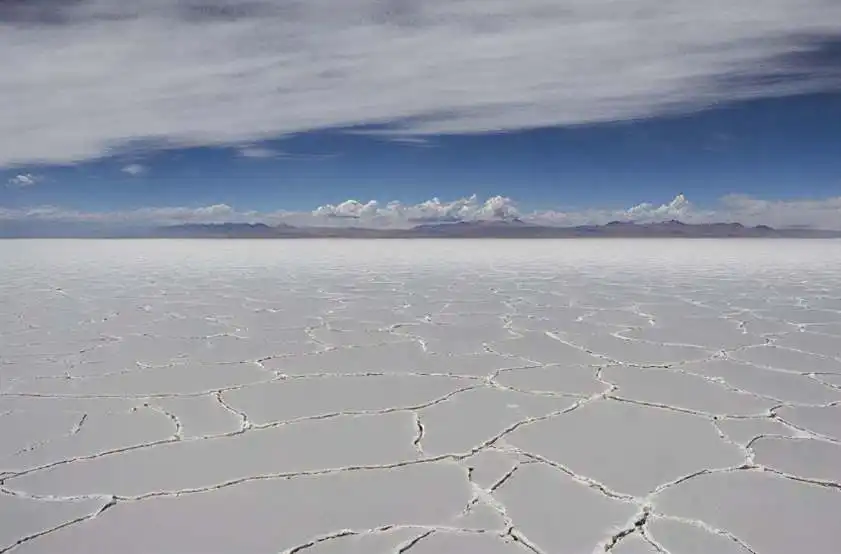
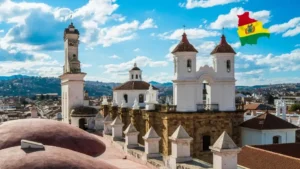
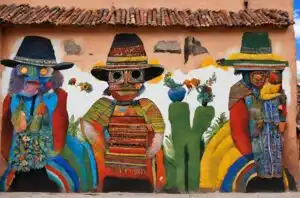
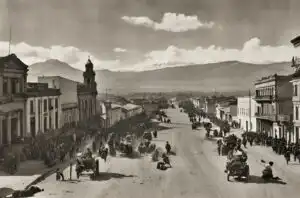

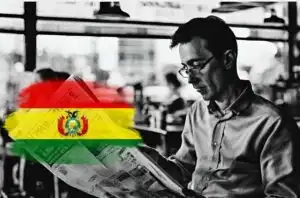

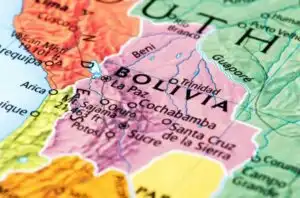
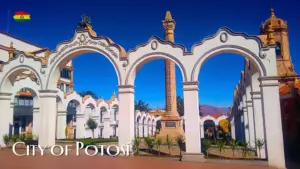
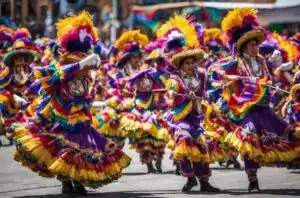
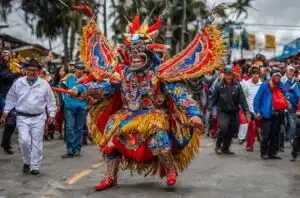
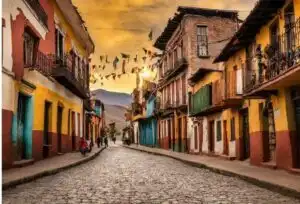

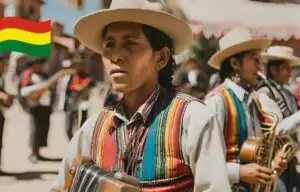
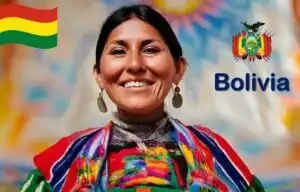



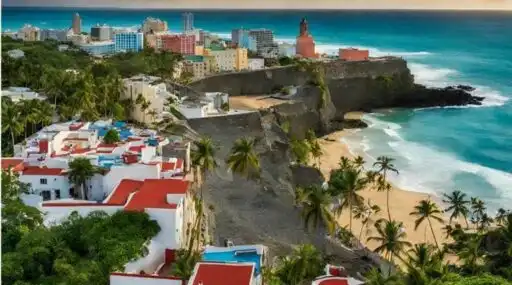

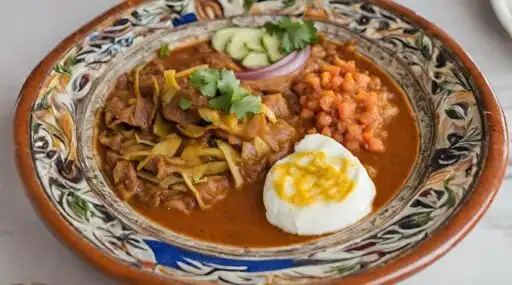

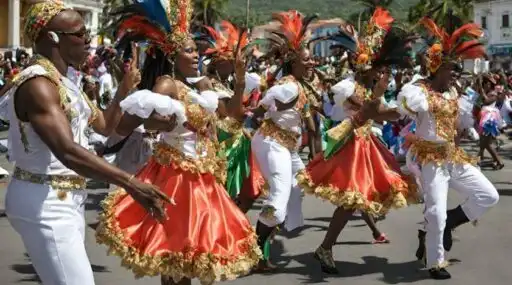
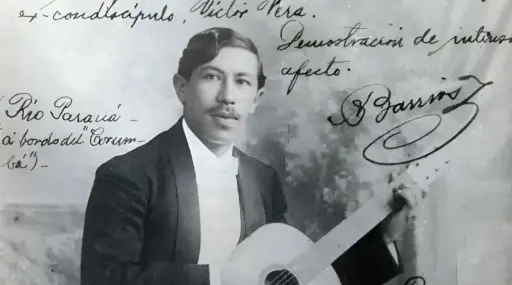

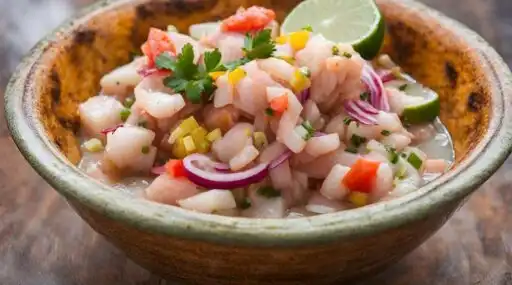
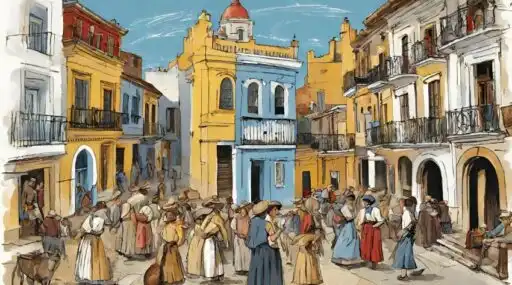
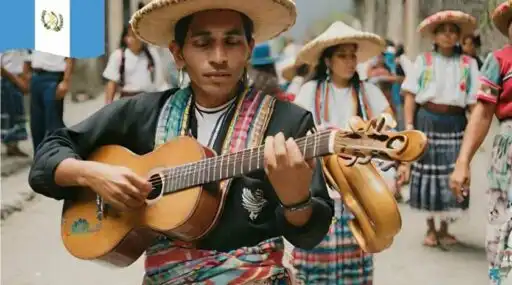

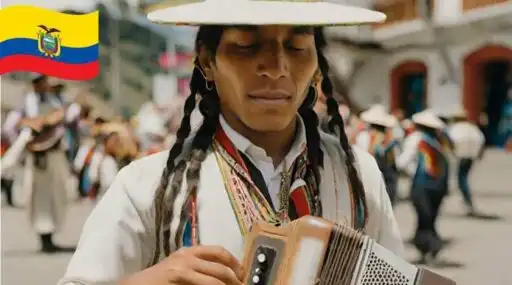
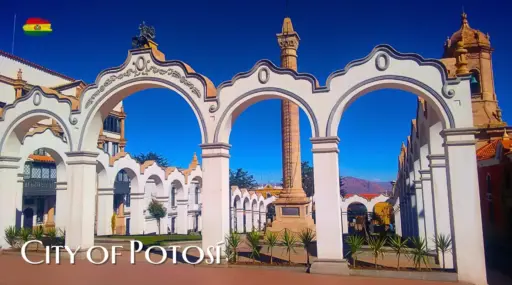


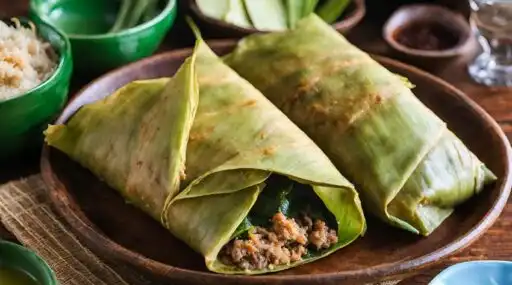

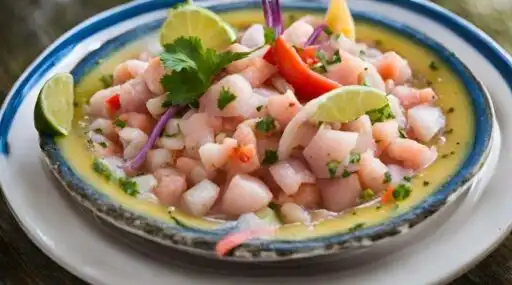


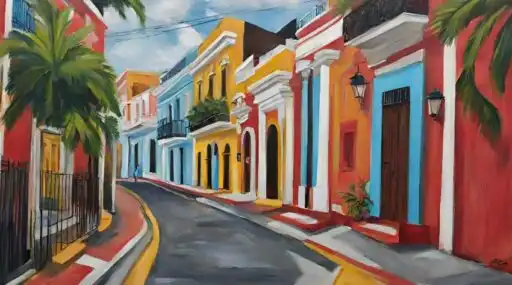


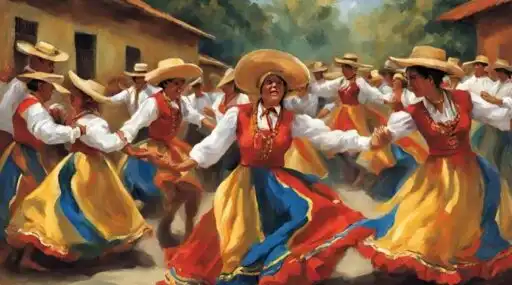
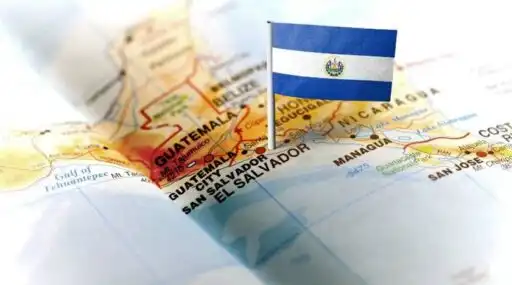

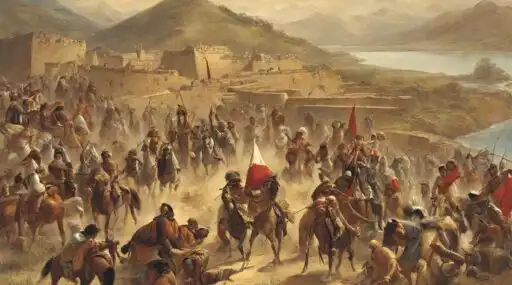
Leave a Reply